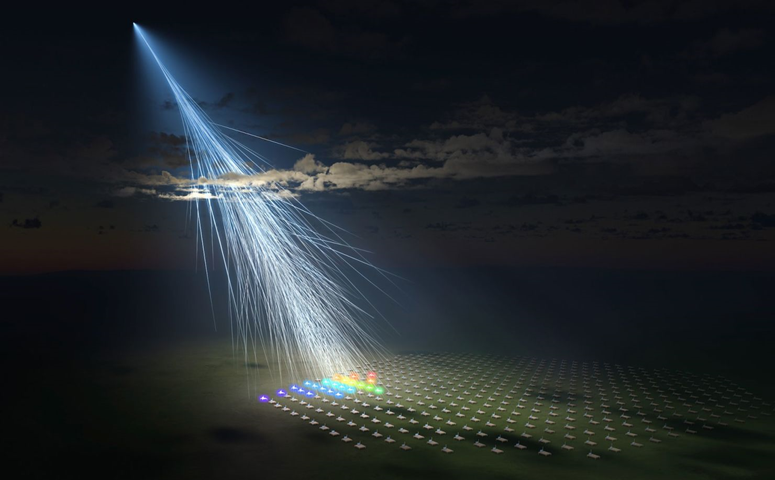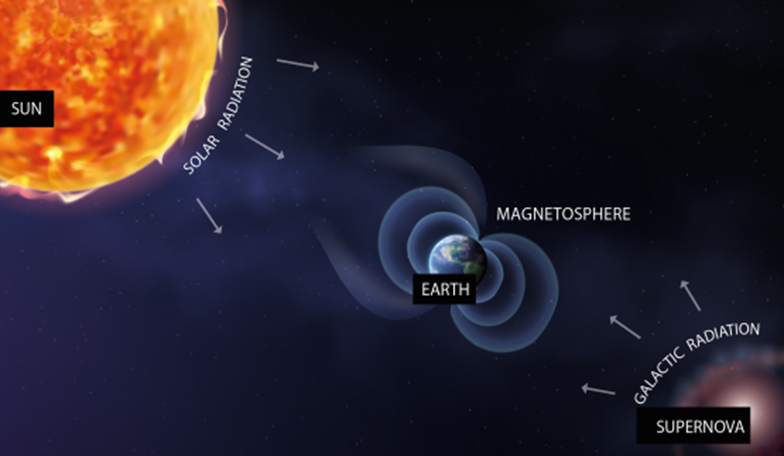Cosmic rays

Cosmic rays are atomic fragments that fall on Earth from outside the solar system. They burn at the speed of light and are blamed for electronic problems in satellites and other machines.

Many things about cosmic rays were discovered in 1912, and remain a mystery more than a century later. One prime example is exactly where they come from. Most scientists suspect their origins are linked to supernovas (star explosions), but the challenge is that the origins of cosmic rays have appeared uniform to observatories examining the entire sky for many years.

Cosmic rays: They are subatomic particles of high energy, consisting mostly of protons and atomic nuclei, accompanied by electromagnetic emissions that move through space, and eventually bombard the surface of the Earth. Its speed is approximately close to the speed of light, as it is about 300,000 kilometers per second, and when the Earth’s magnetic field decreases, which acts as a protective shield that protects the planet from these cosmic rays, solar winds, and ultraviolet rays sent by the sun, cosmic ray particles flow more into the Earth’s atmosphere, so that It affects satellites, electricity, and communications, and affects living organisms, causing cancer and destroying living cells. It also increases cloud cover and the condensation of clouds in the atmosphere, which leads to a decrease in Earth’s temperature, based on a research study presented by researchers from Kobe University in Japan.

A major leap forward in cosmic ray science came in 2017 when the Pierre Auger Observatory (which spans 3,000 square kilometers, or 1,160 square miles, in western Argentina) studied the arrival paths of 30,000 cosmic particles. She concluded that there is a difference in how often these cosmic rays arrive, depending on where you look. While their origins remain a mystery, knowing where to look is the first step in figuring out where they came from, the researchers said. The results were published in the journal Science.

Cosmic rays can also be used for applications outside astronomy. In November 2017, a research team discovered a potential void in the Great Pyramid of Giza, which was built around 2560 BC, using cosmic rays. The researchers discovered this cavity using muon tomography, which examines cosmic rays penetrating through solid objects.
Source: websites

